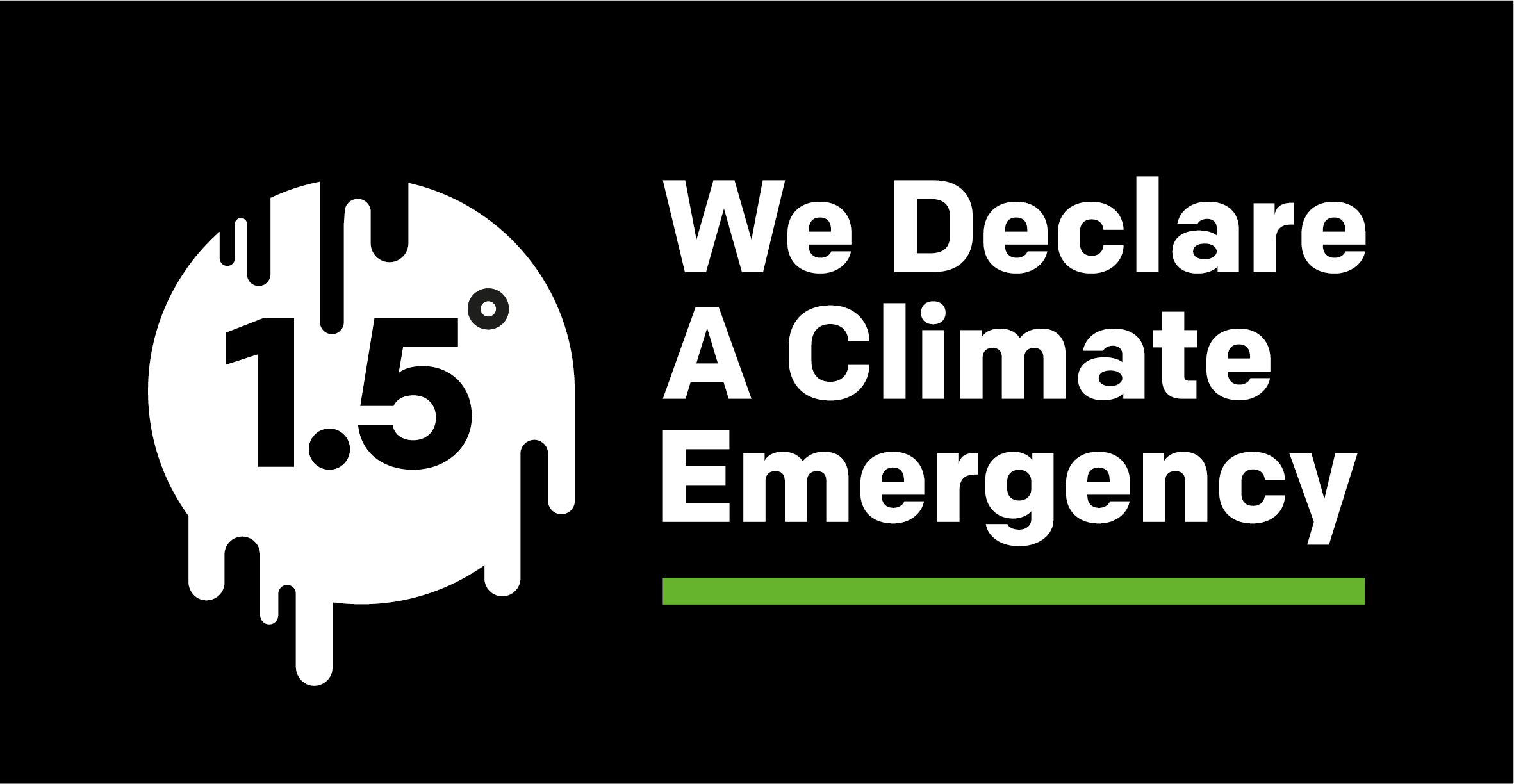Regular past tense verbs
Appropriate Population:
- School-age (or slightly below)
Goal:
- Identify regular past tense verbs correctly
- Apply the -ed pattern to different verbs.
- Distinguish between a regular past tense verb and an irregular past tense verb.
Steps:
- Explain that you will be talking about things that have already happened, in the past. Explain that when you talk about things in the past you change the word by putting an -ed on the end. Explain that this rule works for a lot of words but that there are some tricky ones where it doesn’t work!
- Give some examples of regular past tense verbs (see list under resources). See if the child can repeat after you, or guess some of the past tense versions once they have learnt the pattern.
- Give some examples of past tense verbs where the pattern does not work.
- List off past tense verbs, include a few irregular past tense verbs with an incorrect -ed ending. Have the child let you know when they think one is silly or wrong. They can choose how they let you know (could be a nod, a clap, pressing a button).
Step up:
- Switch roles and have the child list off verbs, you can identify whether they are good (regular past tense) or silly (irregular past tense with regular -ed applied).
Step down:
- Go back and repeat step 1. Talk about past tense regular verbs in different ways to keep the child engaged.
Nicole
Fora's Speech Pathology team


